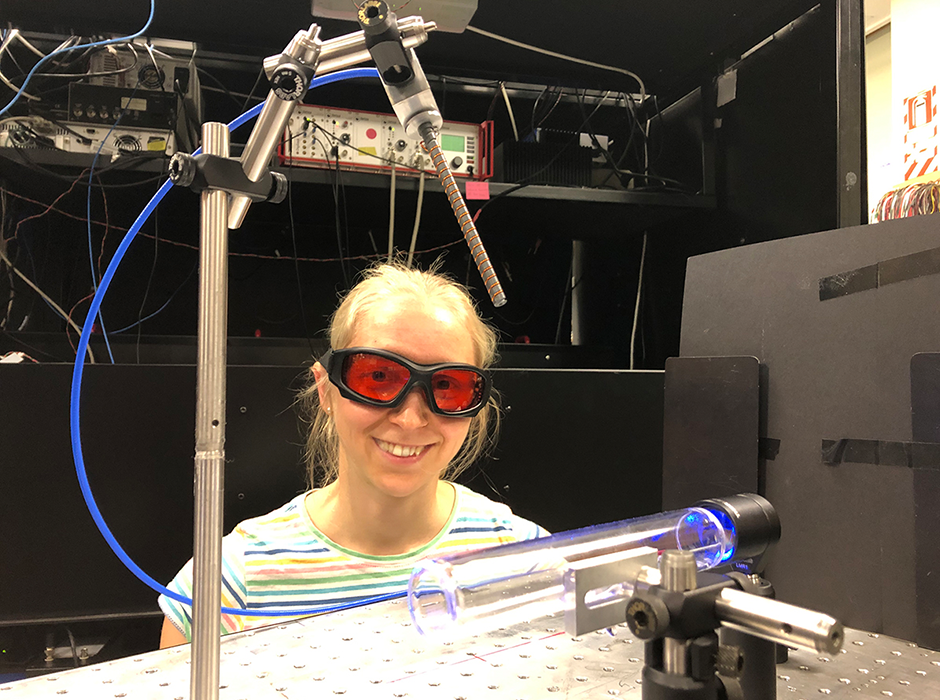
It’s viable to produce low-cost, lightweight solar panels that can generate energy in space, according to new research from the Universities of Surrey and Swansea.
The first study of its kind followed a satellite over six years, observing how the panels generated power and weathered solar radiation over 30,000 orbits.
The findings could pave the way for commercially viable solar farms in space.
Professor Craig Underwood, Emeritus Professor of Spacecraft Engineering at the Surrey Space Centre at the University of Surrey, said:
“We are very pleased that a mission designed to last one year is still working after six...
Read More








Recent Comments